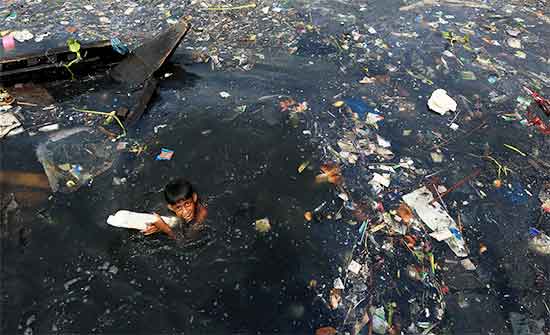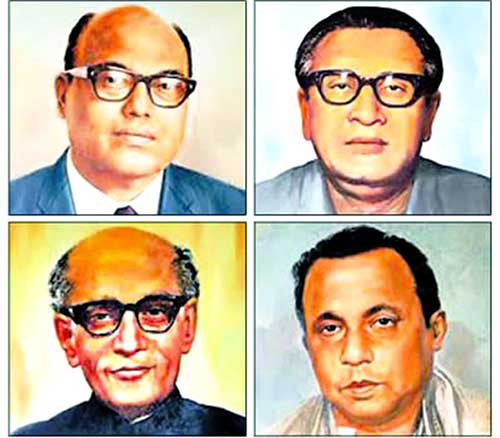
The Buriganga River is a tide-influenced river originates from the Dhaleshwari River near Kalatia, northwest of Dhaka City, the capital of Bangladesh. The river flows past the southwest outskirts of Dhaka city. This river is only 27 km long, and its average depth is 25 feet (7.6 m), where the maximum depth is 58 feet (18 m). The river’s junction with the Dhaleshwari River lies 3.22 km southwest of Fatullah, Narayanganj. The River Turag has joined the Buriganga River at Kamrangirchar of Dhaka City, which provides the main flow of the Buriganga River.
The Buriganga river was once the last stretch of the Ganges River (rises in the Himalayas and flows south and east through the North India into Bangladesh) before it merges with the Bay of Bengal. When this course gradually shifted and ultimately lost its link with the main channel of the Ganges, but was instead fed by the flow from the River Turag, it was renamed the Buriganga River.
The Buriganga River gave rise to The Dhaka city. Dhaka city was established by the Mughal Empire 400 years ago on the banks of The Buriganga River. The Buriganga River has served as the central hub of the economic activities within the Dhaka city for centuries. When the Mughals made Dhaka their capital in 1610, the banks of the Buriganga River were already serving as a key point for trade and commerce.
The Buriganga River provides a connection with the national capital to other parts of Bangladesh, through numerous waterways for launches and country boats. The waterways are very important for Bangladesh, a largely revering country. Apart from the commercial benefits, the Buriganga River has provided Dhaka City a constant water supply, groundwater, fishery, as well as support for agricultural, sanitation and industrial purposes.
Today, Water pollution in the River Buriganga is at its highest peak. The river has lost one-third of its flow due to siltation and encroachment. The rampant dumping of industrial and human waste has turned the river into a mass of sludge. One of the main causes of this high pollution to the river is caused by the industries, especially tanneries in the Hazaribagh area. There are no plants for the treatment of solid and liquid waste in most of these industries. These industries are discharging and dumping their untreated wastes and effluents into nearby water bodies. Once a catalyst for trade and a source of growth, the Buriganga River has been degraded by industrial and residential developments along its banks and in its catchments.





